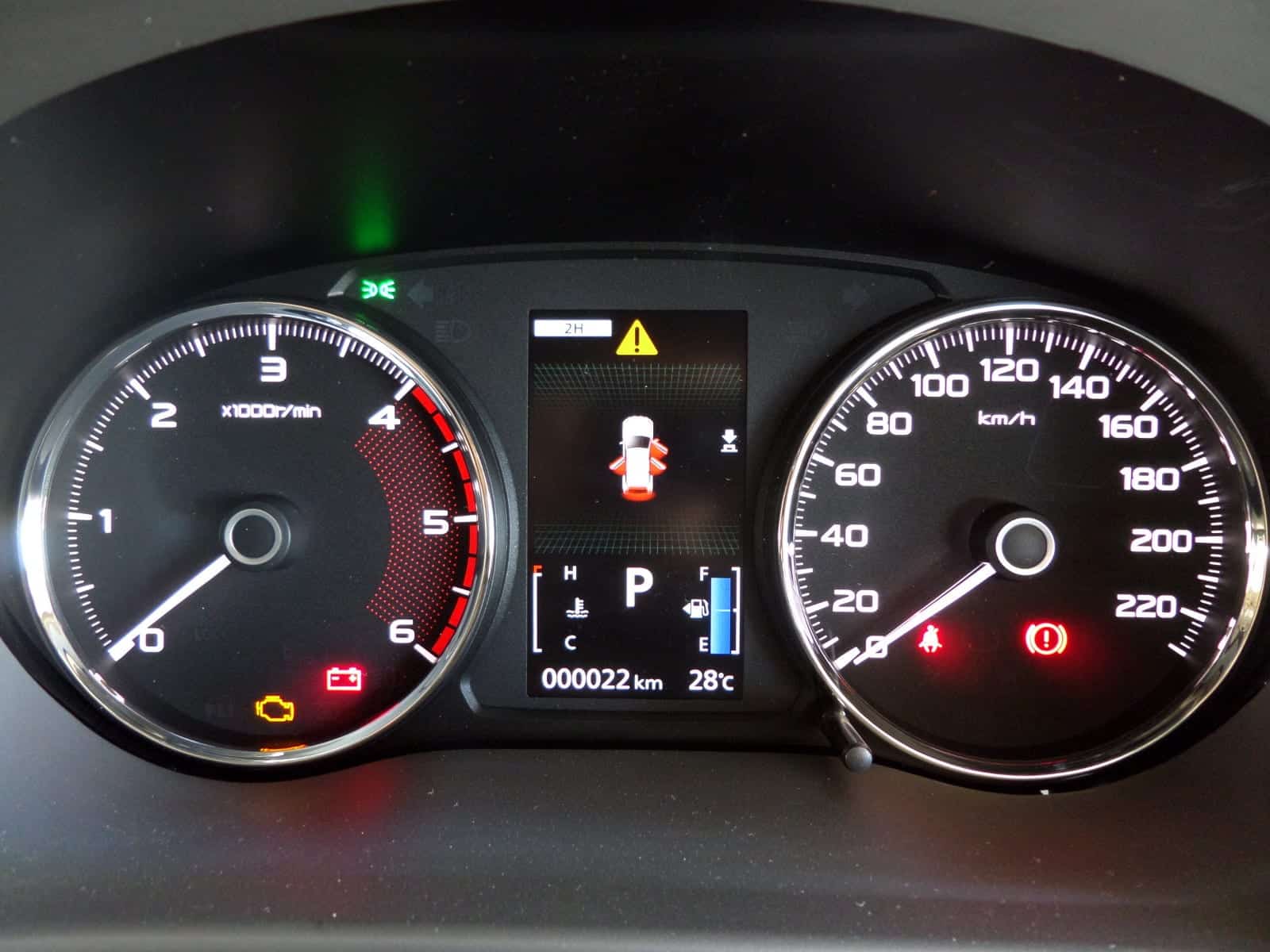Originally published on Cleantechnica By Nicholas Brown.
GMZ has successfully tested a thermoelectric generator (TEG) that converts the heat from automotive engine exhaust systems to electricity. It even exceeded its target generation capacity of 200 watts. This unit can save fuel by reducing the load on vehicle alternators. Reducing the amount of electricity drawn from the alternator actually reduces the mechanical burden on the engine because the alternator becomes easier to turn. This saves fuel and reduces overall emissions.
The 200-watt module is part of a larger 1,000-watt generator set (for diesel engines) that GMZ is developing for the $1.5 million US Army–sponsored TARDEC (Tank Automotive Research, Development and Engineering Center) program which is administered by the DOE.
As the release on BusinessWire said:
The 200W TEG is a modular component of a larger 1,000W TEG that GMZ Energy is developing for the $1.5 million TARDEC program. Combining a module approach with a scalable thermoelectric heat exchanger design, GMZ Energy will integrate multiple 200W blocks into a single 1,000W diesel engine waste heat recovery solution. The TARDEC TEG incorporates GMZ Energy’s TG8-1.0 thermoelectric modules, which are the first commercially available, off-the-shelf modules capable of operating with continuous hot-side temperatures up to 600°C while at power densities greater than one Watt/cm².
This design could help the US Army because the cost of fuel transportation on the battlefield can amount to a startling $40 per gallon. The Army will first test this TEG in a Bradley Fighting Vehicle.
How It Works
Thermoelectric modules are solid-state semiconductor devices that generate electricity using a temperature difference. Heating one side of a thermoelectric generator while cooling the other creates a temperature difference which results in and drives the flow of heat through the module.
This flow of heat creates a potential difference (voltage). That potential difference causes it to generate electricity. This is called the Seebeck effect (discovered by Thomas Johann Seebeck). The key to operating a thermoelectric module efficiently (relatively speaking) is to maintain the greatest possible temperature difference between the two sides of it.
What Can You Do With 200 Watts?
200 watts can:
- recharge hybrid-electric vehicle battery packs to extend range;
- power dashboard fans;
- power stereo systems;
- power both tail lamps and headlamps;
This technology has long been criticized (and harshly) due to its poor efficiency, but it has proven itself to be useful due to the fact that engine heat would otherwise go to waste without the unit.






